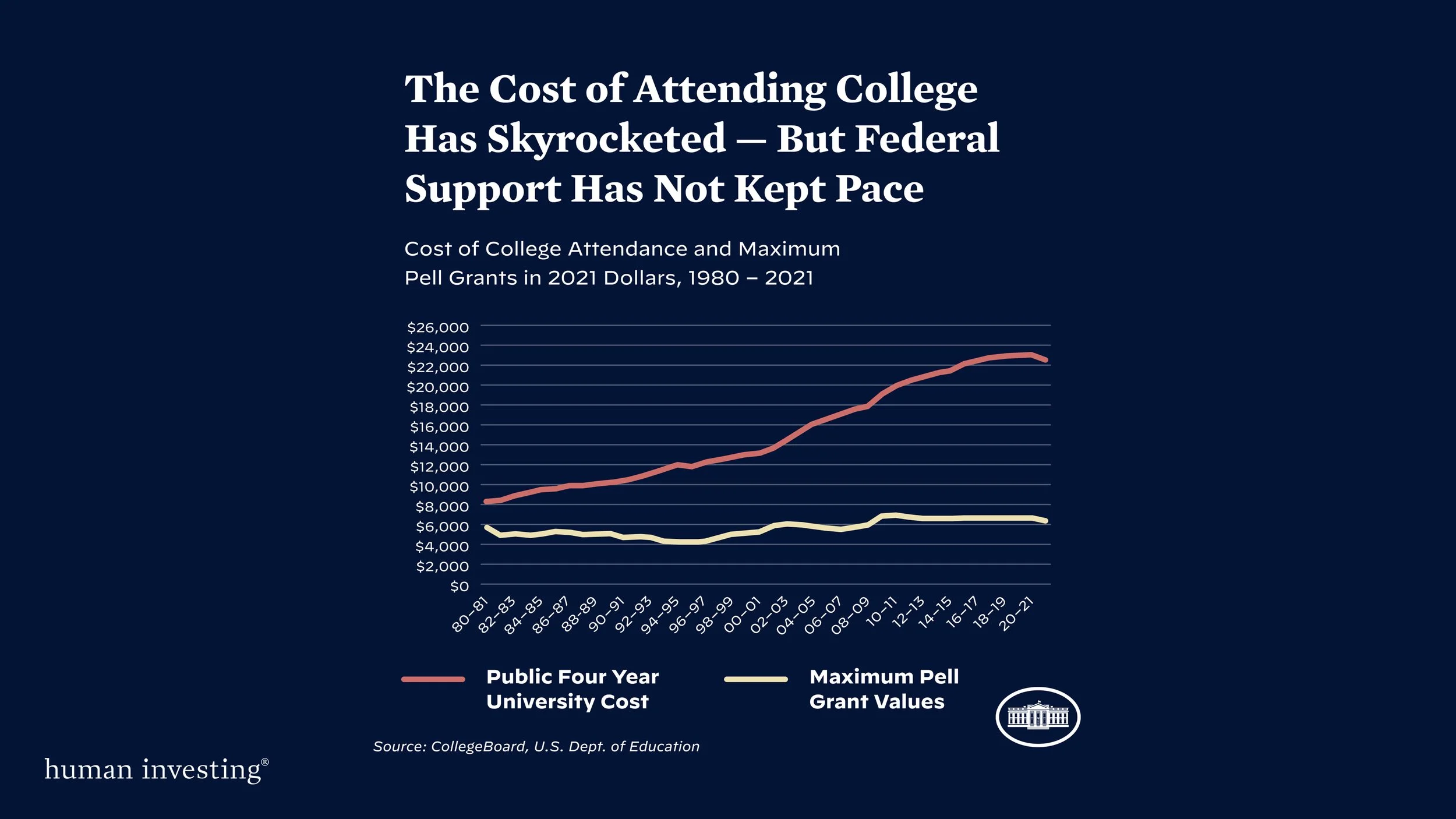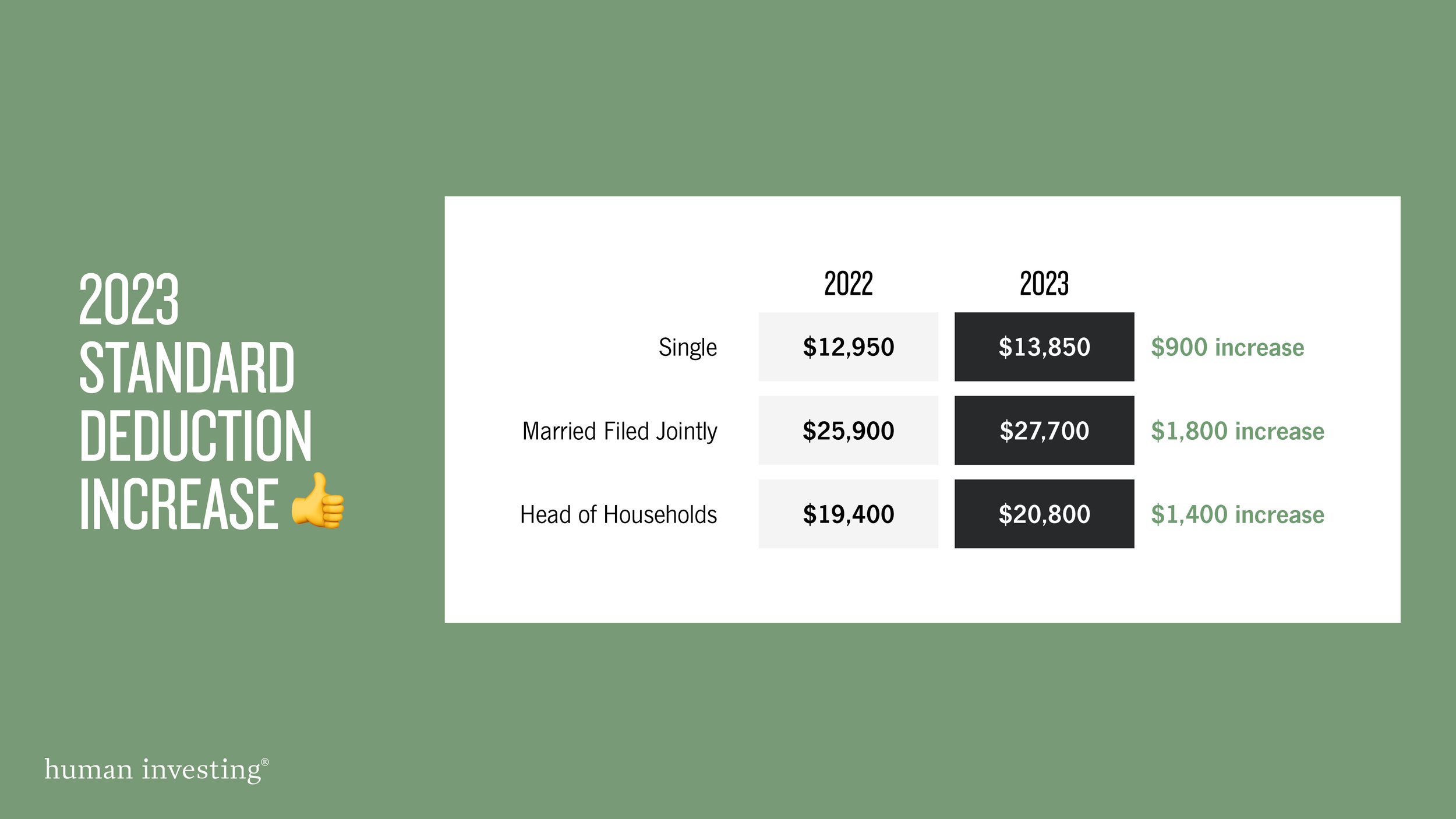Two ways to approach low-risk investments
When considering safe investment options, two popular choices that often come to mind are FDIC-insured CDs (Certificates of Deposit) and US Treasuries. While both offer relatively low-risk investment opportunities, there are some critical differences between the two that investors should be aware of.
FDIC-insured CDs are certificates issued by banks and credit unions that offer a guaranteed rate of return for a specified period. The Federal Deposit Insurance Corporation (FDIC) insures CDs up to $250,000 per depositor per bank, protecting against bank failure. In contrast, US Treasuries are debt securities issued by the US government to finance its operations. They are generally considered one of the safest investments available because the full faith and credit of the US government back them.
One key difference between the two is their liquidity. CDs have fixed terms ranging from a few months to several years, and if you need to withdraw funds before the maturity date, you may be subject to penalties. On the other hand, US Treasuries can be bought and sold in the secondary market and can be liquidated easily, making them a more flexible option.
Another difference is the level of risk. While both investments are considered safe, FDIC-insured CDs carry some risk due to the possibility of bank failure. While the FDIC provides insurance protection, there is always a small chance that a bank may fail, and investors may not receive their full investment amount. On the other hand, US Treasuries are backed by the US government and are considered virtually risk-free.
When it comes to returns, FDIC-insured CDs offer fixed interest rates that are lower than the returns available through US Treasuries. US Treasuries offer a range of maturities and yields determined by market demand, with longer-term securities offering higher yields.
In terms of taxes, both FDIC-insured CDs and US Treasuries are subject to federal income tax, but US Treasuries are exempt from state and local taxes. Additionally, you may be subject to capital gains tax if you sell US Treasuries for more than their purchase price.
Risks of Return on Investment: CDs
It's important to note that the FDIC receives no funding from taxpayers. Instead, it is funded by insurance premiums paid by banks and thrift institutions participating in the program. These premiums are based on the number of insured deposits each institution holds and the risk they pose to the insurance fund. In case of bank failure, the FDIC uses these funds to reimburse depositors for their insured deposits up to the $250,000 limit. This funding system helps ensure the banking system's stability and integrity while protecting depositors from loss.
While the FDIC insurance pool can become insolvent, it is highly unlikely. The FDIC has many safeguards to prevent insolvency, and its record of accomplishment in managing bank failures has been quite successful.
Firstly, as mentioned earlier, the FDIC collects insurance premiums from participating banks and thrift institutions. These premiums are based on the number of insured deposits each institution holds and the risk they pose to the insurance fund. The FDIC also has the authority to increase premiums to maintain the insurance fund's solvency.
Secondly, the FDIC has the ability to sell the assets and liabilities of a failed bank to another institution, thereby minimizing the cost of the failure of the insurance fund. This process, known as a purchase and assumption transaction, allows the acquiring institution to take over the failed bank’s deposits and assume its liabilities. At the same time, the FDIC pays out the insured deposits.
Finally, if the insurance fund were to become insolvent, the FDIC would have access to a line of credit with the US Treasury to cover any losses. The FDIC can also assess additional premiums on insured institutions to replenish the insurance fund.
It is worth noting that while the FDIC has never become insolvent since its creation in 1933, it has come close to doing so during times of economic stress, such as the savings and loan crisis in the 1980s. However, the FDIC's ability to manage these crises effectively and prevent widespread bank failures has helped to maintain public confidence in the banking system and the FDIC insurance program.
Risk of Return on Investment: Treasuries
If the United States were to become insolvent, it could have profound implications for US Treasuries, as the full faith and credit of the US government backs them. The creditworthiness of the US government is a key factor in determining the value of US Treasuries. Default or insolvency could significantly decrease demand for US Treasuries, resulting in a sharp rise in interest rates.
In addition, if the US were to become insolvent, it could lead to a global financial crisis, as domestic and foreign investors widely hold US Treasuries. A default could lead to a loss of confidence in the US government's ability to manage its finances, which could cause investors to sell off their US Treasury holdings, leading to a domino effect throughout the financial system.
However, it is important to note that the likelihood of the US becoming insolvent is extremely low because the US dollar is the world's reserve currency, and the US government can print its currency. This gives the government greater flexibility to manage its debt than other countries.
Furthermore, the US has a long history of managing its debt and has never defaulted on its sovereign debt. Even during times of economic stress, such as the Great Recession of 2008, the US government has been able to maintain its creditworthiness and continue to issue debt.
Overall, while there are risks associated with US Treasuries in the event of a US government insolvency, the likelihood of this scenario occurring is considered low. US Treasuries are still widely regarded as one of the safest investments in the world.
Implications of Printing Currency: A Double-edged Sword
The implications of the US printing more currency are complex and depend on a range of factors, including the current state of the economy, inflation rates, and global economic conditions.
On the one hand, increasing the money supply can help stimulate economic growth by making more money available for borrowing and spending. This can lead to increased investment and consumption, driving economic activity and creating jobs.
However, printing too much money can also lead to inflation, as the increased money supply can cause prices to rise. Inflation can erode the currency’s purchasing power and decrease consumer confidence and economic stability.
Furthermore, printing more currency can also lead to a depreciation of the currency's value relative to other currencies. This can negatively affect international trade, as a weaker currency can make imports more expensive and exports cheaper, potentially leading to a trade deficit.
Overall, the decision to print more currency should be carefully considered, considering a range of economic factors. While increasing the money supply can help stimulate economic growth, it is essential to strike a balance between promoting growth and maintaining economic stability and confidence in the currency.
What’s Your Timetable?
In conclusion, both FDIC-insured CDs and US Treasuries offer low-risk investment opportunities, but there are some key differences between the two that investors should consider. While CDs offer fixed returns and are insured by the FDIC, they are less liquid and carry some risk due to the possibility of bank failure. US Treasuries, on the other hand, offer higher returns, are virtually risk-free, and are more liquid. Ultimately, the choice between the two will depend on an investor's financial goals, risk tolerance, and investment horizon.
Authors Note: This article was written using prompts in ChatGPT. (2023, May 8). The author has independently verified the accuracy of the responses. The author edited and formatted responses from the prompts for clarity.






























































































